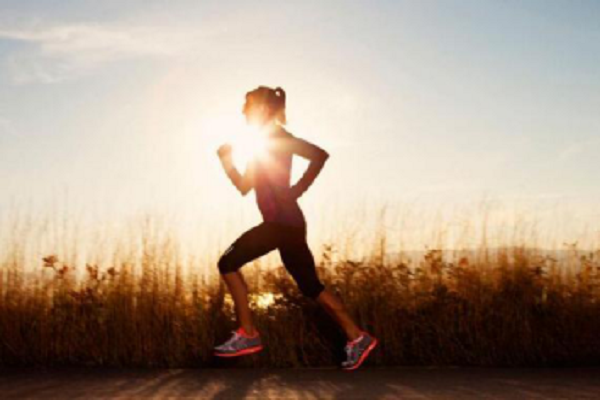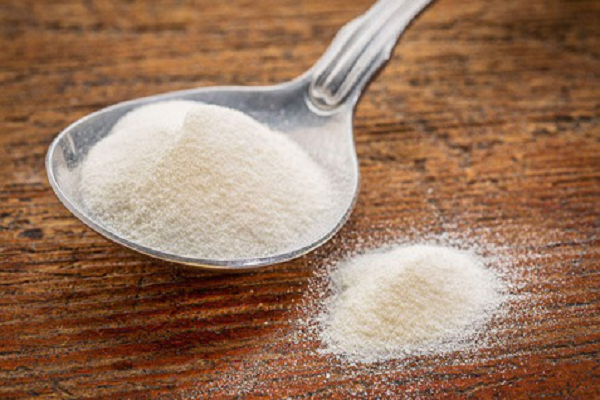Cold chilling of rice
Symptoms After the seedling stage is damaged by low temperature, the whole plant color turns yellow, yellow leaves appear in the lower part of the plant, some leaves appear brown, some leaves are white or yellow to yellow-white horizontal stripe, commonly known as "ganglian yellow" or "ganglionic" White". In the 2-3 leaf seedling period, the average daily temperature continued to fall below 12°C, and it was prone to rot. Cold damage at the booting stage reduced the number of spikelets and inhibited the development of young panicles. Cold flowering often leads to infertility, that is, fertilization disorders. The low temperature often delays the flowering period, and the mature period is postponed, resulting in poor maturation. During cold ripening, grain elongation slows down and when frost is frozen, the maturation process stops, and the 1000-grain weight decreases, resulting in a large area of ​​rice yield reduction.
Diseased rice has a cold-type disturbance, and the ear is a sensitive part at low temperature. Among them, anthers are organs that directly sense the effects of low temperature, and reflect the low temperature in one ear. The sensitive period of chilling disturbance is the initial stage of microsporogenesis. From the point of view of the rice growth process, the meiosis period is only about 1 day away from the initial stage of microsporogenesis. The critical temperature for short-term hypothermia treatment at the booting stage that is imperfect in production has the following three conditions: the onset temperature at which the fertilization occurs is 18-20°C; the risk of the onset of cold injury is 15-17°C; the completion is not refined The critical temperature is 10-12 °C. In the field, the temperature is high, the night temperature is low, and the diurnal variation caused by day-night temperature variation and stable low temperature is different. When the daytime temperature is high enough to compensate for the low temperature at night, it will not affect the knot.
real. In the process of rice growth, encountering the low temperature conditions below the appropriate temperature, photosynthesis, respiration is inhibited, material metabolism, energy metabolism abnormalities. Tests have shown that low temperature affects the net assimilation rate, the rhizosphere temperature is lower than 16°C, and the net assimilation rate is reduced. In the new mechanism of cold damage, it is believed that after the biofilm phase change caused by low temperature, the biofilm is damaged, causing metabolic disorder and causing injury. Some experts believe that the low temperature changes the biofilm of a thermophilic crop, which is the initial reaction of rice to zero-low temperature, and is also the origin of cold damage. As the lipid material of the membrane solidifies, the membrane quality changes from a liquid crystal state to a gel state. The fatty acid chains in the membranous fatty acid change from disordered arrangement to ordered arrangement, which changes the thickness and shape of the biofilm. As the film shrinks, pores are formed on the membrane surface and cracks appear. Increased permeability of the biofilm causes extravasation of human solutes in the cells, weakened respiration, accumulation of acetaldehyde, ethanol, and other toxic substances in the anaerobic respiration of the cells, resulting in damage to the cells, and birth and suppression of the crop. The low temperature duration is short or the intensity is low, and this process is still reversible. After the temperature rise became normal, the membrane phase turned to liquid crystal state, and the crop metabolism returned to normal. If the low-temperature intensity is long, the cell membrane degrades to an irreversible state, causing cell and tissue death. Causes wilting or dead plants. The geographical locations of rice farming areas in northeastern China, rice cultivation areas in north China, rice cultivation areas in northwestern China, rice cultivation areas in central China, rice cultivation areas in south China, and rice cultivation areas in southwest China span 31 latitudes from south to north, with a difference of 2700 m in height, and the length of the growing season is very different. The ecological conditions such as light, temperature, and water are various, and their respective rice cultivation systems, species types, and planting methods are formed, and the frequency, type, and degree of damage are different in different regions.
Control methods (1) Engineering measures. Build water conservancy and do a good job in the basic construction of rice fields. (2) Biological measures. 1 Select a new cold-resistant variety suitable for the area. Rugao No. 39, No. 40, Huayan No. 45, Liaojing No. 244, Cane Line No. 144, Noodle No. 63, No. 2 Egan Miscellany, No. 30, No. 15 and No. 6, Ningjing No. 87, and so on. 2 Cultivate strong and strong, improve seedling quality. 3 early sowing and early insertion. 4 Planned cultivation ensures safe panicles. 5 Master fertility indicators and decide on safe heading. 6 Reasonable fertilization. Warm water. (3) Vigorously promote the mulching of rice mulch and solve the old difficulty in constraining rice production in low-yielding fields by solving the problem of low temperature, so that the temperature, light, water, and gas of the paddy soil can be re-optimized to create a good reproductive environment for rice. To better solve the problem of low-temperature chilling, it is bound to bring about a leap in the production of low-yield rice in low-temperature areas, and even reduce the development of low-lying cold-water immersed fields from one year of ripening to two ripening of one year. Variety development can even change the face of poverty-stricken mountainous areas and bring about huge economic and social benefits.
Collagen is a triple helical protein which can be considered as the bio-glue inside our body; in fact, animal glue can be obtained by boiling the animal skin. Collagen, a major component of connective tissues, exits in the extracellular space of these tissues which are the key reinforcing and bonding materials for all tissues and organs throughout our body, forming rigid structures as such bone, semi-rigid tissues such as cartilage, or soft tissues such as muscle, tendon, skin, ligaments, and cell membranes, etc. There are different forms (fibrillar and non- fibrillar) and types of collagens in the body; Type 1 being the major type constitutes over 90% in our body and is the major component in skin, tendon, vascular ligature, organs, bone (main component of the organic part of bone). Because collagen is an essential building material of all tissues and organs, it has many medical uses, such as in cardiac (hear) applications, cosmetic surgery, bone grafts, tissue regeneration, reconstructive surgical uses, and wound healing care.
Collagen is created inside fibroblast cells, and this process is needed to support the creation and repair of the body`s connective tissues. However, the biological process starts to breakdown when we are aging, normally after we reach the age of late 20s or early 30s. Because collagen from natural sources such as animal, fish scales or plant contain essentially the same amino acid compositions (glycine, proline, alanine, hydroxyproline, glutamic acid, arginine, aspartic acid, serine, lysine, leucine, valine, threonine, phenylalanine, isoleucine, etc.) as human collagen, supplement the body with the natural collagen, either by dermal application or through oral ingestion, can help rejuvenate collagen creation process to support the repairing of aging connective tissues in our body, particularly those in our skin, and to reverse or slow down the aging process for a more youthful appearance.


Collagen
Hydrolyzed Collagen,Fish Collagen,Collagen Food,Collagen Cosmetic
Nanjing Sunshine Biotech Co., Ltd , http://www.sunshine-bio.com